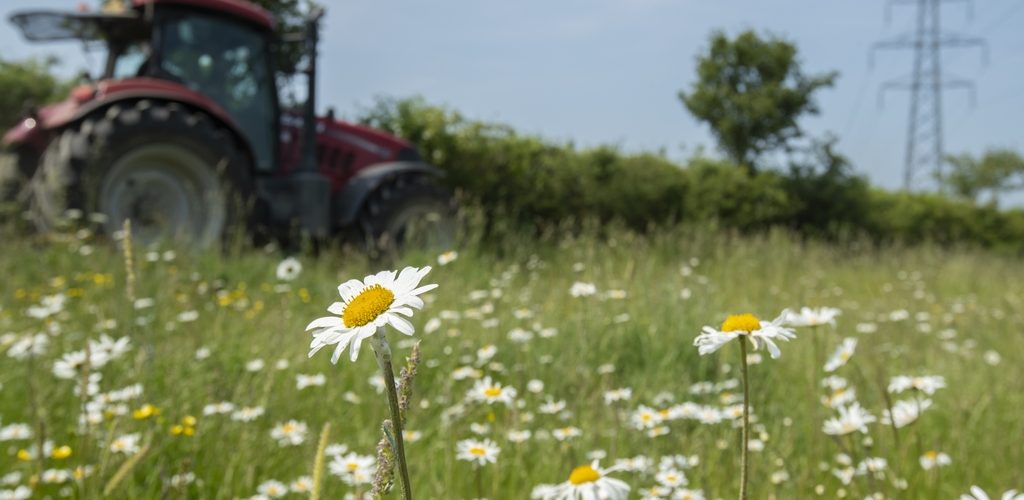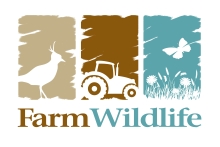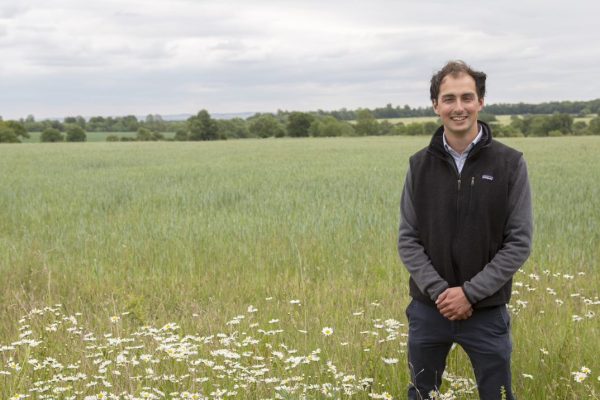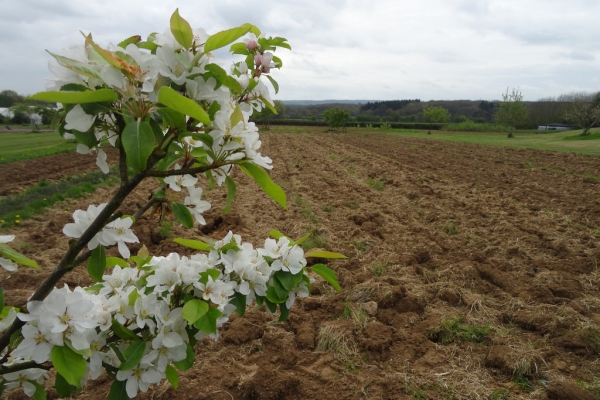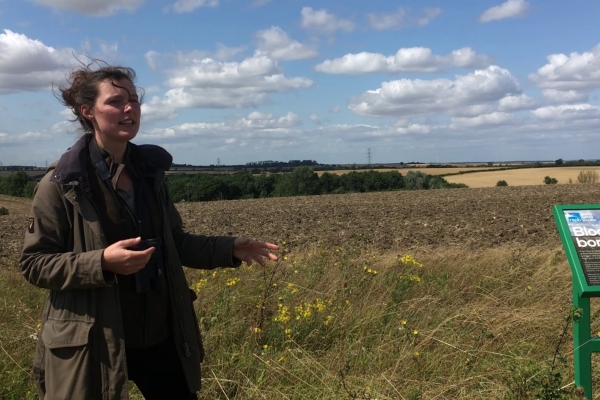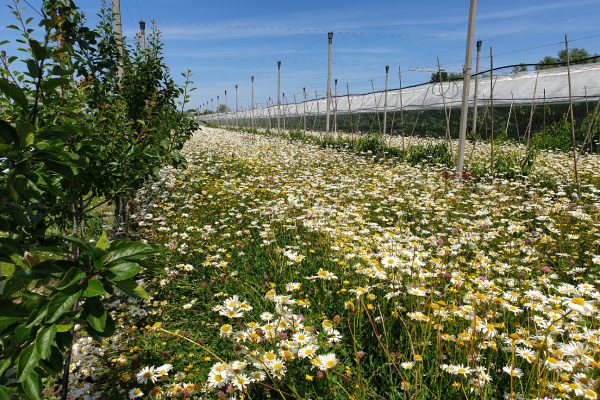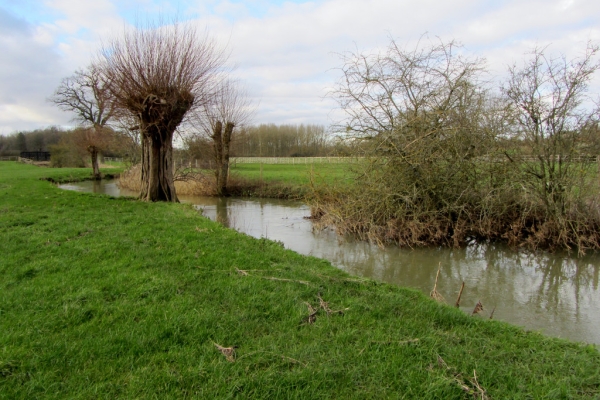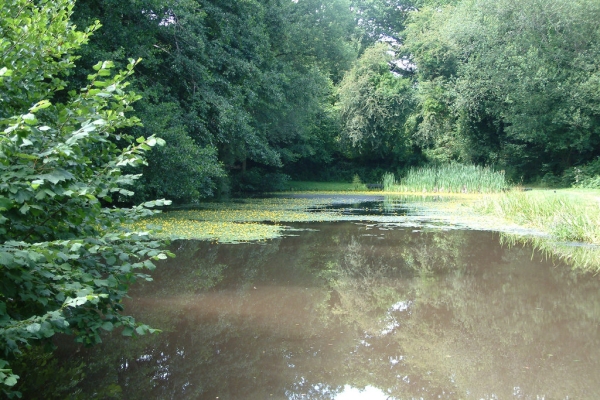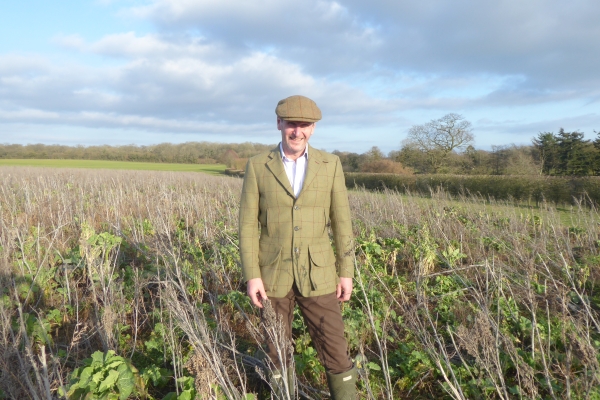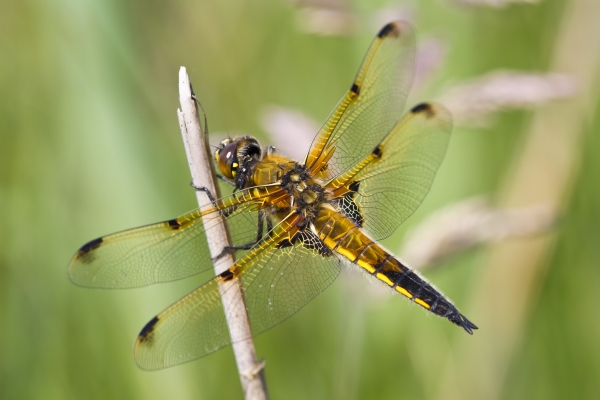Nature-Friendly Farming in Action
Resource explained
Findings & recommendations
The six key actions described are:
- Enhance existing habitats. Focus on better habitat quality, bigger expanding blocks, more connection with wildlife corridors between blocks, and identifying new potential habitat areas.
- Maximising the wildlife value of field boundaries and margins. Trimming hedges and manage ditches on a long rotation promotes flowering, fruit production and shelter. Tussocky grass buffer strips and flower-rich margins can provide important habitat for beneficials and wildlife, while protecting field boundaries from agricultural inputs.
- Maintain, restore and create wet features. Ponds, scrapes and ditches can provide great opportunities for wildlife on farm if protected from nutrient run-off and pollution.
- Maintain, restore and create flower-rich habitats. Farms can be great environments for native wildflowers, which can in turn support beneficials, making the farm more productive.
- Create seed-rich habitats. Sowing wild bird mixes, leaving areas unharvested or retaining winter stubbles can provide vital feed for seed-eating birds over-winter.
- Sympathetic In-field management to support wildlife. Looking after the soil and soil organic matter, minimising pesticide and fertiliser use, and in-field habitat features such as beetle banks and skylark plots can all be beneficial to wildlife.
Header image shows ox eye daisy Leucanthemum vulgare, growing in farmland with tractor behind, RSPB Hope Farm, Cambridgeshire, June 2023. Taken by Ben Andrew (rspb-images.com). All Rights Reserved

Summary provided by:
Phil Sumption and Kathryn SmithEdited by:
Janie CaldbeckRelated articles
RSPB and FarmWildlife's Richard Winspear writes about 6 key areas of farm management that focus on restoring nature to make farming more profitable, productive &...
This project brings together nature-friendly IPM and pesticide reduction work that has already been implemented by innovative farmers, and shares this with other farmers.
"By planting trees and increasing the biodiversity, we have been able to completely phase out the use of artificial pesticides. We began the farm’s organic...
"We have worked hard over the last 3 years to show that our approach is delivering public goods such as access, biodiversity and carbon sequestration,...
A fantastic guide from the CEH providing detailed information to help you manage and protect our most valuable pollinators on your farmland.
"We aim to demonstrate that wildlife farming and profitable farming is achievable by all and to find wildlife-friendly farming solutions to current and future arable...
"We set out to create some easy to follow but detailed resources that would help farmers, growers and other land managers to increase their use...
Agricology's May content explored the subject of farm wildlife and functional diversity. Janie Caldbeck explains more...
The BEESPOKE project aims to increase levels of pollinators and crop pollination at local and landscape scales by providing land managers and policy makers with...
A briefing on Scottish research that includes pointers towards beneficial management practices you can carry out on your farm.
Research findings that will help you implement and manage forested riparian buffer strips on your land and use them to their best advantage.
"The ultimate goal on the farm is to become entirely self-sufficient, producing all of the feed, water, energy and fertiliser that we need to sustain...
Find out about the wildlife of ponds, ditches, rivers and streams on the farm and some tips on habitat management.
